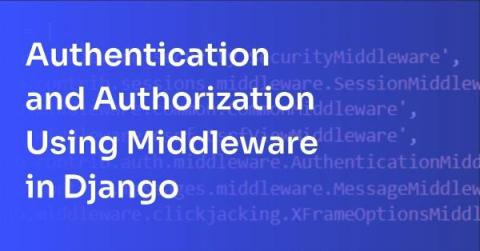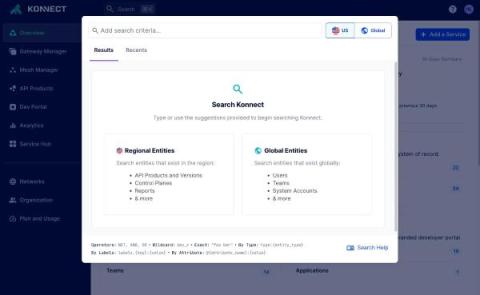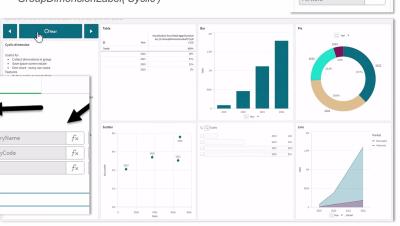Running Solid Queue in production Rails apps
Background jobs are essential to many Ruby on Rails apps. Since the introduction of ActiveJob, Rails developers have been able to manage their background jobs as natively as they do their database records. Still, ActiveJob requires you to select (and support) a backend adapter that will implement ActiveJob's backend. Many use Redis, a memory cache, to queue and process background jobs. Redis comes with incredible speed but is yet another dependency to maintain.











